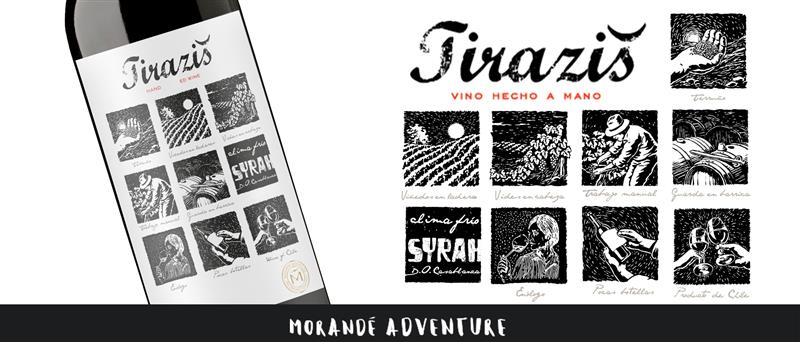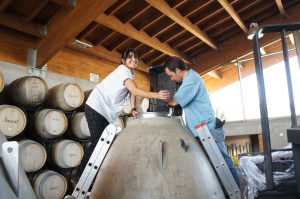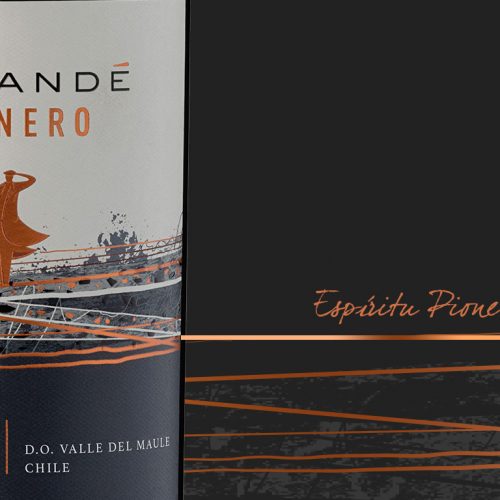
23 Dic Tiraziš, The Grand Journey
As a way of paying tribute to the Persian city of Shiraz, whose name in the ancient Elamite language was Tiraziš, we created our first wine with the Syrah grape in Casablanca. Our idea was to evoke the theory of the variety’s Persian roots, although the latest scientific findings show its origin to be French, specifically, the northern Rhône, where these grapes are grown and currently produce some of its best expressions. Whether of Persian origin or not, the fruit of Julius Caesar’s conquest and that of his Roman legions that crossed the great rivers of Central Europe, such as the Rhône, the important matter is that Syrah has adapted successfully in diverse places, including Australia and Chile, and in climates that range from hot and dry to cold and damp.
In 2010, when we felt that Morandé should continue its search for new wines, true to its pioneering spirit that has shown us the way since its inception, the choice was obvious—we would make a coastal red. The Aventuras line, launched in 1997, had been a beacon of innovation as it turned its eye to the country’s viticultural heritage. And in the early 21st century, we were presented with a new opportunity to continue the saga. The choice fell upon the Syrah variety, and Casablanca was the logical place. And the granitic, quartz-rich slopes of the El Algarrobo Hill, located in our Belén Vineyard, seemed the ideal origin.

Syrah did not arrive in Chile until 1993, but it immediately showed its full potential for producing wines with intense color and special aromas and flavors. Prominent among them are blackberries and some notes defined as “meaty,” which originate in its reductive tendency due to its high content of polyphenols. We believe, however, that this is a spicy note the variety develops under certain conditions. Like the fifth taste, umami, it adds complexity to the wine, especially when grown in warm climates where Syrah was initially planted or grafted.
With the ease of travel that we winemakers had as of 2000, we were able to become familiar with and appreciate its cold-climate versions, which are more in line with the trend that was starting to shift the variety from the sweeter and more powerful “Shiraz” style to wines that were more elegant, less sweet, and lower in alcohol. With this concept in mind, we vinified the first grapes for Tiraziš in collaboration with Sven Bruchfeld and the meticulous work of our winemaker Daniela Salinas.

Our task was to find a way to express the sense of origin of the El Algarrobo Hill, to shift from the earlier sweeter Syrahs with the olive notes that were so typical of Chile’s coastal Syrahs in the late 1990s, to wines that are more focused on red fruit with a more austere character and greater tension and grip.
In order to have a broader palette of options for blending, we planted the hill with three different orientations and followed the northern Rhône tradition of using head-trained or goblet-pruned vines. With 5,000 plants per hectare and 15–20% slopes, we are obligated to do all the work by hand.

Daniela Salinas uses a passive extraction and long pre- and post-fermentation macerations that diffuse compounds from the grapes’ thin skins into the must naturally. The cement eggs also contribute to this result. Their slow thermal inertia and narrow tops make it possible to submerge the cap more deeply into the wine, which makes punch-downs easier.
The idea is to faithfully reflect Syrah’s complex and fresh character with its almost stonelike, granitic structure that recalls its terroir in every glass. This is the challenge we take on year after year with our Tiraziš.
From the Persian sands to the Chilean coastal granites, what a long journey it has been for this variety!



